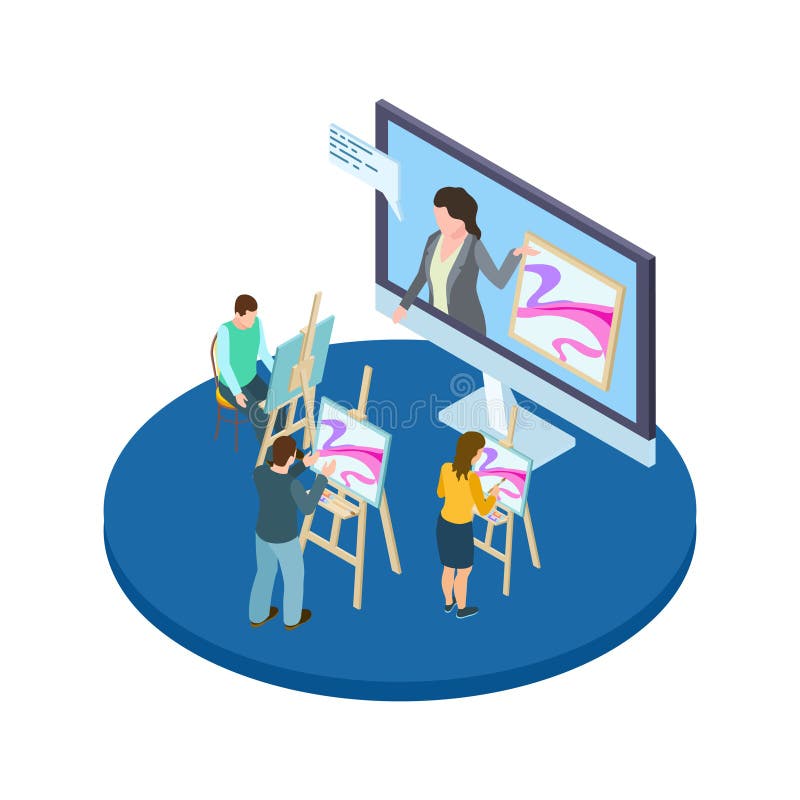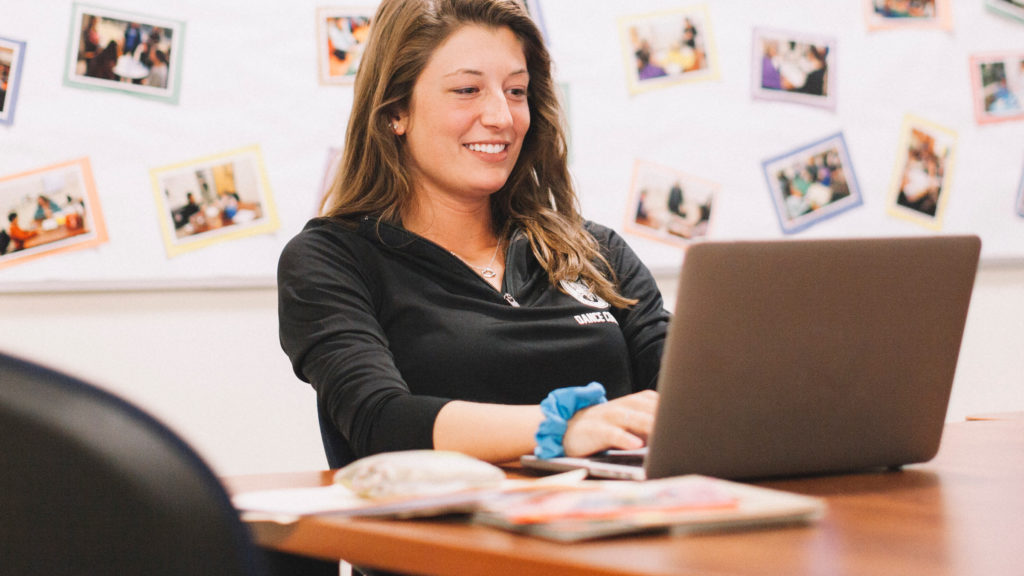
The students must learn to cooperate with each other. Today’s society K-5 teaching resources includes people who work together all over the world. How are students supposed to work with people from other nations with very different spiritual and cultural values if they are not able to interact with the people they see in the classroom every day? Students should also be encouraged to work together to obtain information to bring them together. The collaboration should be progressive and dynamic. Students should learn to recognize the opportunities and skills that each person can bring to the project and change roles according to these characteristics. Educational institutions should also work with other educational institutions around the world first grade sight words to exchange information and learn about the different practices and methods developed. They should be prepared to change their teaching methods in the light of new developments in this field.
Teaching must be contextual.
The term “personality-centered” does not mean that the teacher loses full control over the situation in the classroom. And while there is an incentive for students to learn in different ways, the teacher still provides guidance on the skills that students should master. He can also help them to understand how the skills they learn can be applied in life. Students will be much more motivated to learn something that they believe will be useful in life. Since we no longer prepare students for specific tasks and functions, we should take a more general approach and give them the skills that are appropriate for each situation. Teaching is not helpful if it does not affect the students’ lives outside the classroom.

Educational institutions should be integrated into the community.
In order to educate students to become responsible citizens, we need to understand what the concept of “responsible citizen” means. Schools will do more in this regard by organizing events for the learning community, encouraging students to join committees or participate in school projects, and occasionally helping the community around them, for example by transporting food or clearing debris from the neighborhood. Today, with technology and the Internet, students are capable of many things. Our community is no longer just a space around an institution; it extends further and encompasses the whole world. Learning should help students participate in a global community and find ways to influence more than just one neighborhood. This does not mean that they do not need to know the value of helping the people around them and the natural environment. They also need to know how they can help protect a world that is far from them but is getting closer.
